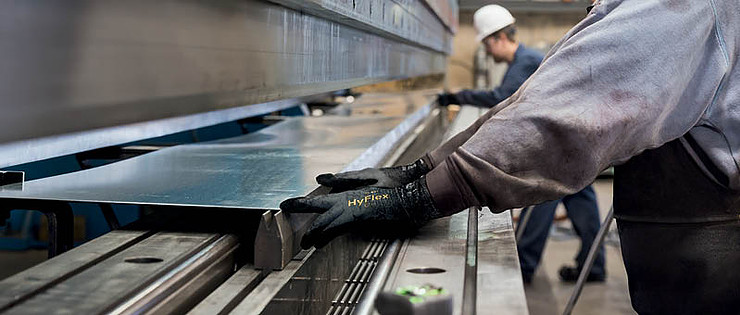Your hands are one of the first body parts put at risk every day, so selecting a glove that is going to allow you and your team to do the job efficiently is very important. We all work in different environments and deal with different hazards, which means, the requirements for each job are different. Each job or task requires a risk assessment in order to help determine the most suitable glove. Once this is done, you are faced with a large range of possible glove options consisting of different liners, materials, coatings, and many other features.
Liner
For many years, leather and cotton were the main materials used to manufacture industrial gloves. A lot of these gloves were uncomfortable and offered little protection. In recent years, the introduction of synthetic fibers have led to more breathable, comfortable and dexterous safety gloves. Examples of modern day glove liners include HPPE (High Performance Polyethylene), cotton, nylon and polyester.
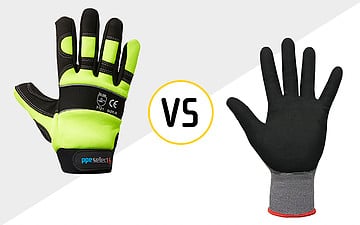 |
Cut & Sewn VS Dipped
Cut and sewn gloves are made from a sheet of fabric which is cut to a hand template and sewn together. These can be made from a variety of materials and are suitable for a wide variety of tasks.
Dipped gloves are usually a one piece seamless material which has been coated by a nitrile, polyurethane (PU), latex or PVC dip. In most cases, this style of glove is thinner and provides higher dexterity than a cut and sewn option.
|
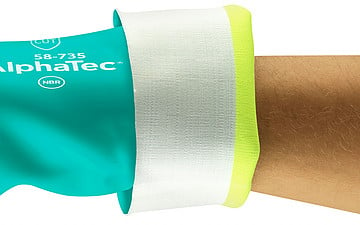
|
Gauge
When selecting your gloves you will notice gloves vary in gauge, quite simply, the higher the gauge number the thinner the glove will be.
For example, a 15 gauge glove liner will be thinner and more dexterous than a 10 gauge glove liner.
|
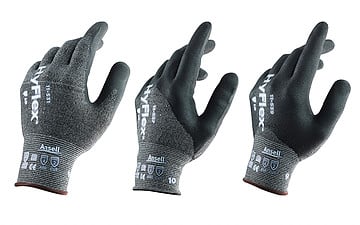 |
Coating
Similar to liners, glove coatings have developed over the years with many new techniques being used. Combined with the various liner options, there is a glove on the market to suit nearly every application. Coatings can be a palm dip, ¾ dip or full dip for added protection against oils and greases.
Types of coatings include:
|
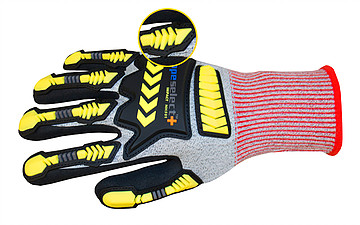 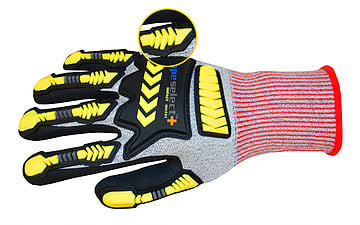 |
Impact Protection
TPU (Thermoplastic Polyurethane) is generally used for impact protection.
TPU design covers the back of the palm and knuckle area, making it ideal for protection against heavy duty tools.
|
Your hands perform hundreds of tasks each and every day. While many of these are low risk, such as typing on a computer or taking a phone call, some can be more high risk. These tasks include working with chemicals, oils or lubricants, being exposed to sharp objects, and working with high heat machinery. Without proper protection when undertaking high risk tasks the potential injuries are expansive, ranging from cuts, bruising, burns, chemical burns, infection, and amputation. In these cases, its important to get the right gloves for the job.
If your unsure which gloves are required for your workplace, get in touch with the ATOM Safety team for assistance.
